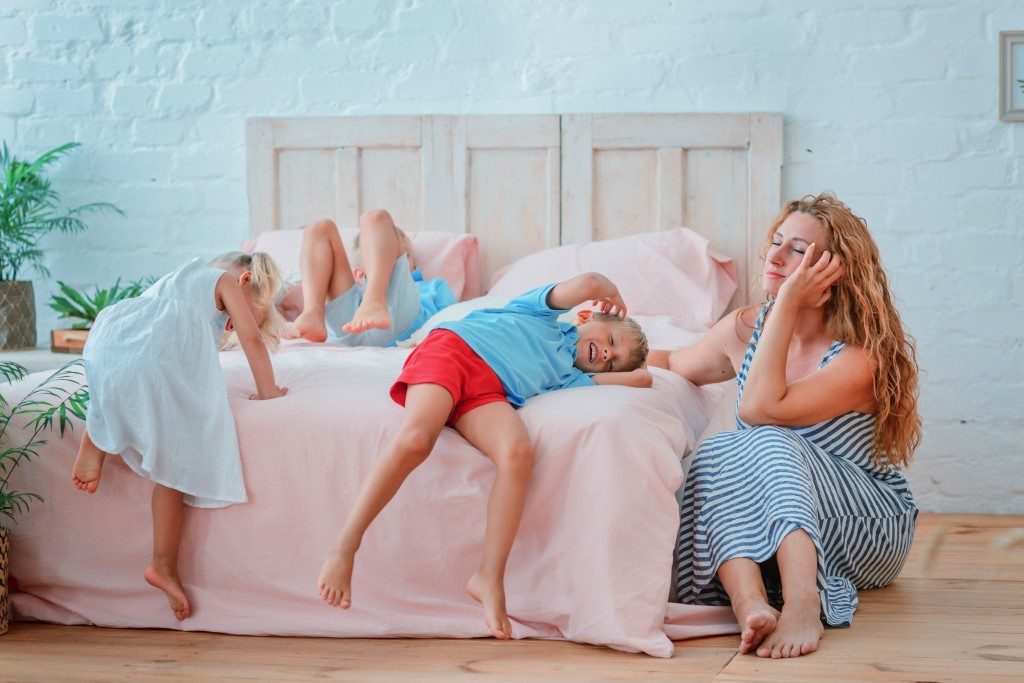How stressed are the Australian kids? The answer: severely. In a large 2018 study of more than 130,000 students, about 50% of them said that they were “very stressed.” The confidence levels also dipped to only 59%.
Worse, their stress markers were significantly higher than they were over a decade ago. For instance, those who reported being very stressed increased by 28% since 2003.
This type of stress can be hurtful to children, who might not have enough experience to cope with it. Studies have already shown that stress can boost the likelihood of dropouts and thoughts of suicide. Stressed kids are also more likely to have depression and anxiety. These can affect their performance today and later in life.
No one bears the sole responsibility of helping these children feel relaxed. However, since they spend a lot of time in school, educational institutions can help improve stress management. The solutions don’t have to be complicated.
1. Pick Ergonomic Furniture
Proper posture can help increase self-esteem, perceived threat, and mood, according to a 2015 study in Health Psychology. When the back isn’t slouching, the neck and the shoulder muscles are also less likely to feel the tension. Correct posture also helps in improving breathing.
This alone highlights the benefits of investing in educational furniture, especially ergonomic desks and chairs. The latter can follow the curvature of the spine. They can be adjustable so that children can plant their feet on the ground.
2. Allot a Few Minutes of Silent Reading
The power of reading goes beyond enhancing a child’s intellect. A study by the University of Sussex revealed that reading leisurely and silently for as short as 6 minutes can already drop stress levels by 61%. It can ease muscle tension and slow down the heart rate.

Reading works much better in relieving stress than listening to music or walking outside. Playing video games can also decrease anxiety, but it doesn’t reduce the heart rate.
3. Incorporate the Colours of Blue or Green
Whether you believe in colour psychology or not, one thing is sure: some of them can stir specific emotions and behaviours. The reason can be due to association.
For instance, what do you remember when you see green? You might immediately picture nature and playground. Blue can stand for the sky or ocean. These images all denote calmness and relaxation, which can then lower the stress levels.
Teachers and students can add these colours to the classrooms in many ways. For example, they can place some potted plants in the corner. They can paint one of the walls with either blue or green.
4. Encourage Children to Play
According to the Australian Research Alliance for Children and Youth, in 2018, Australians were some of the most stressed students when it came to homework. It doesn’t mean that they no longer need it, but schools have to rethink the frequency of these types of activities and dedicate more time for play. Even informal sports programmes can already do wonders in keeping them active and relaxed after a day of learning.
Everybody, including kids, needs to have methods of de-stressing. Schools can play a significant role by teaching them how to cope.
